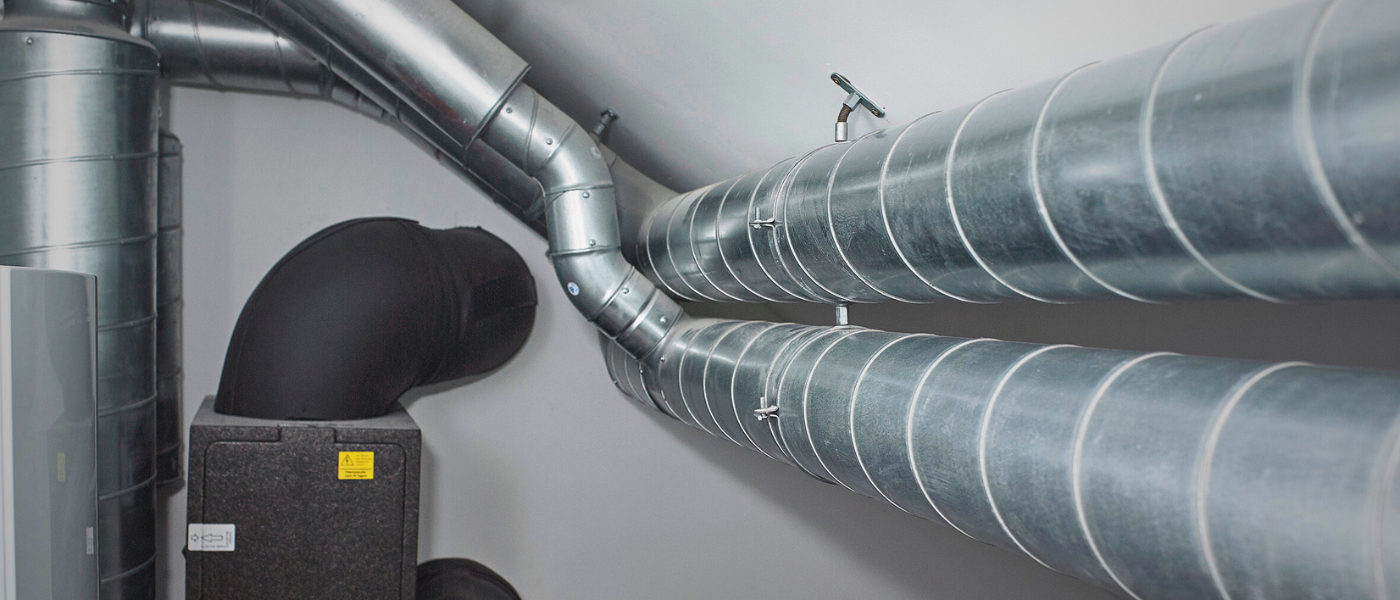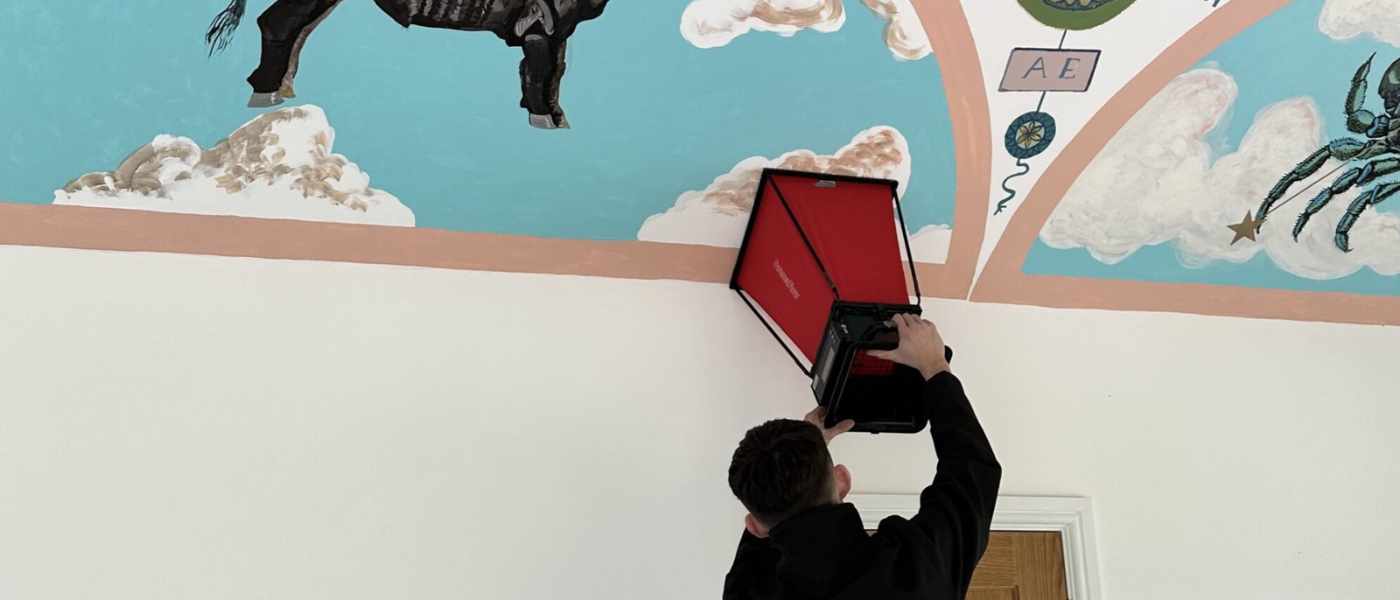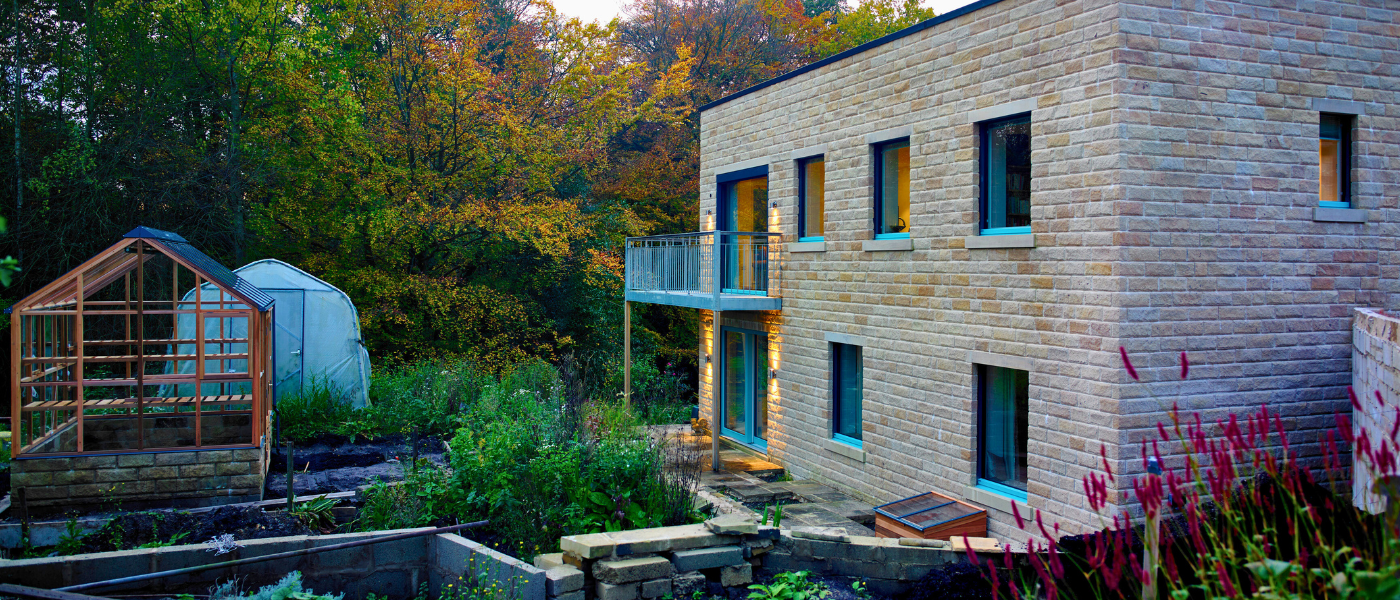Top MVHR Installation Mistakes and How to Avoid Them

Installing a Mechanical Ventilation with Heat Recovery (MVHR) system is one of the best ways to improve indoor air quality and energy efficiency, greatly improving health and comfort in a low energy home.
However, a poorly installed MVHR system can lead to reduced system performance, noise issues and health issues due to poor airflow and increased moisture, causing mould as well as increased VOC’s, CO2, PM, NOx and Ozone. This can ultimately lead to higher running costs and potential costly repairs. Let’s cover the most common MVHR installation mistakes and how you can prevent them:
No Sound and Pressure Modelled MVHR Design
An MVHR design needs to be highly detailed to ensure correct airflow, optimal duct routing, and full compliance with Building Regulations Part F. Every element, from unit sizing and duct diameters to grille positions and attenuation, plays a critical role in how the system performs.
Skipping over detail or making assumptions at this stage often leads to poor airflow balance, higher energy consumption, and unwanted noise within the property. A robust design not only avoids these issues but also provides clear guidance for installers on site, helping to ensure the system delivers the comfort, efficiency, and quiet operation it was intended to achieve.

Using the Wrong MVHR Unit Size
One of the most frequent MVHR problems we see is an undersized unit. If the unit can’t handle the property’s airflow requirements, it will run inefficiently and fail to maintain good air quality. We also see projects with MVHR units that are larger than required, these have been specified using rules of thumb; have been used because the designs are not modelling and using inferior duct layouts so they must assume the worst output. This adds unnecessary cost and might mean a physically larger unit has to be accommodated in the property. Always check the unit’s capacity against the property’s calculated ventilation needs.
Missing Design Flow Rates
Every supply and extract vent should have a specified airflow rate in accordance with Building Regs Part F and the requirements based on the usage of each space. Planning and design of airflow transfer routes makes sure of even ventilation throughout the whole house. Without these figures, balancing the system becomes guesswork, leading to unbalanced ventilation, poor heat recovery and low indoor air quality.
The Contractor Doesn’t Understand MVHR
Your contractor or site manager must know what an MVHR system does, how it has been designed, your performance goals and when it should be installed. If they schedule it too late, you may need to rip out finished work to fit ducting, which can be an expensive mistake.
Inexperienced Installer
MVHR is not the same as plumbing. Air is compressible and behaves differently from water. We do provide full installation instructions and can provide phone support to our clients. If your builder or plumber has never installed MVHR before, consider hiring a specialist - this can save you money in the long run.
Ignoring Duct Routes
Designers can’t see every on-site obstacle, they only know what has been specified by the architect and is shown on the architects' drawings. Before installation, your installer should check the duct routes for clashes with structural elements vs the installation drawings we provide.
Deviations from the drawings and design can minimise system performance and potentially create a noisy MVHR system, the end users do not want this. Any changes should be run past the designer. Of course, we do expect some small changes may be required at installation stage, especially on retrofit projects.
Any alterations to the ducting system such as adding/removing bends, changing duct positions etc should be checked with your designer before proceeding, this way we can ensure the changes do not have a detrimental impact on performance.
Poor Quality Control on Subcontractors
If your builder subcontracts the MVHR installation, who checks the work? We’ve seen the ‘it’s just pipes’ approach cause major performance issues with ventilation systems. To avoid costly or even impossible fixes at commissioning, we recommend sharing photos of the installation as it progresses and, where practical, arranging a visit before everything is covered over. This is not a substitute for following the drawings closely and contacting us if anything is unclear, but it can help catch problems early.
Wrong System Type
Semi-rigid radial or rigid route and branch? Each system type has its own best practices, make sure your installer knows the difference.
We always choose the right MVHR system type for the project, one that delivers to the clients' performance goals without any unnecessary extras. Both types of ducting system can be efficient providing they are well designed and installed. The most efficient ducting system for your project is the one that will most efficiently fit into your buildings structure and its limitations.
Why MVHR Mistakes Are So Costly
Unlike plumbing leaks, MVHR leaks don’t drip water, they silently waste energy and compromise air quality. Once the ducting is hidden behind walls, fixing errors is invasive and expensive.
Common MVHR Installation Errors
- Missing seals on semi-rigid ducts
- Wrong type and size of ducting
- External air ducts not insulated
- Use of flexible ducting
- Breaks in duct runs
- Non-compliant fittings without duct sealant or safe seals
- Incorrect roof terminals used
- Condensate trap on the wrong side of the unit
- Wet trap instead of a dry seal trap
How to Avoid MVHR Installation Problems
- Follow the design and question anything unclear.
- Hire qualified MVHR installers with proven experience.
- Check insulation and condensation traps - external ducts must be insulated, and traps must be dry seal types.
- Maintain airtightness - use proper fittings and sealants.
- Plan the installation - coordinate with other trades early.

Final Thoughts
An MVHR system is a long-term investment in your home’s comfort, health, and energy efficiency. When it’s designed and installed correctly, it ensures fresh, filtered air throughout the year, reduces heat loss, and lowers energy bills.
Cutting corners at the installation stage can compromise performance, cause persistent issues with air quality or noise, and even lead to costly remedial work. Getting it right the first time by working with experienced professionals not only protects your investment but also gives you the peace of mind that your system will perform as intended for years to come.
Contact 21 Degrees today for your MVHR requirements.






